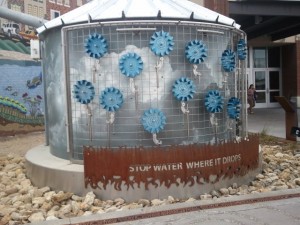As the federal government considered introducing a new program, the Water Infrastructure Finance and Innovation Authority (WIFIA), for funding water infrastructure projects, some opponents saw the new program as unnecessary. The protest was not centered on a lack of need of financing for water infrastructure. Indeed, the estimated range of need from $122 billion to $3.6 trillion is large enough to warrant action whether you subscribe to the lower end or the higher end of the range! Instead, some saw the existing State Revolving Fund (SRF) program as the most viable vehicle for delivering more financing. Why create a new program when one already exists? At the same time, critics of the existing SRF program pointed to the fact that it was not broad and flexible enough, and had not been significantly updated since 1987. In a surprising turn of events, a bipartisan team of lawmakers addressed both sets of concern in one fell swoop. Continue reading

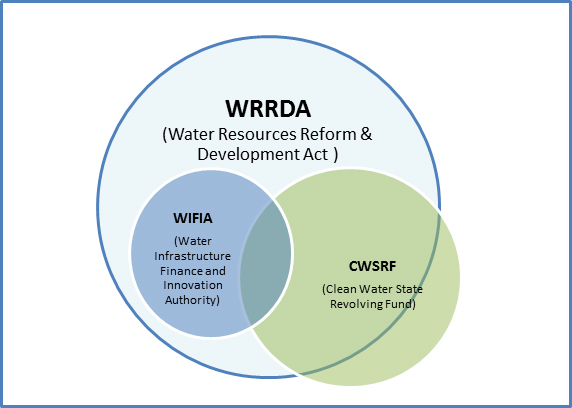
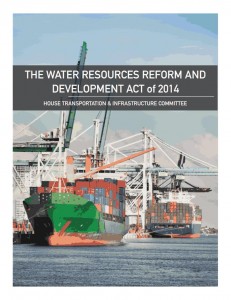
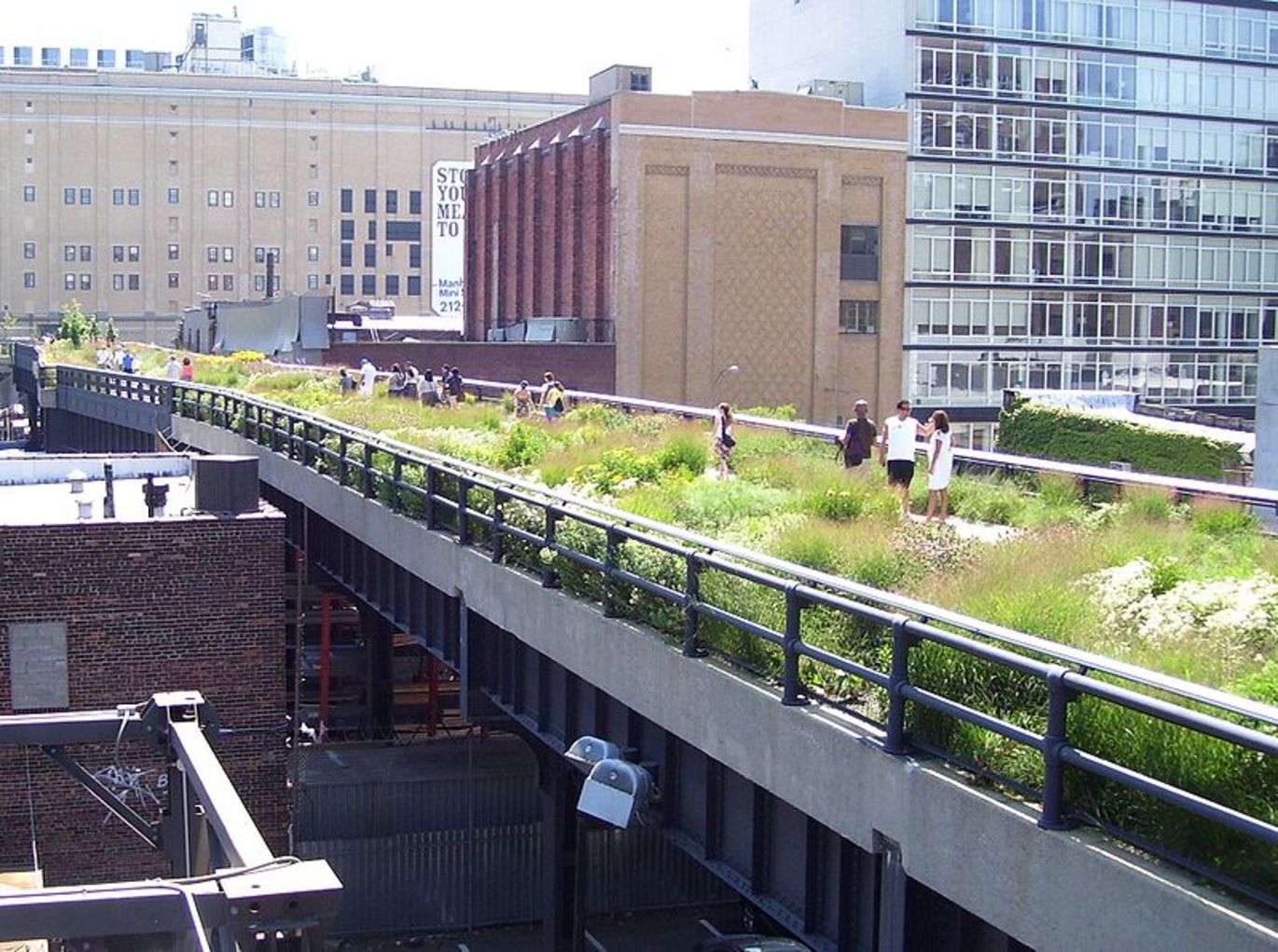
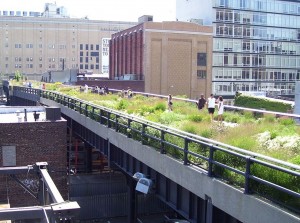

 To address the huge costs of stormwater management, communities across the nation are creating new programs to attract investment. But what are the key conditions and governing structure needed to encourage higher private investment in localized stormwater management? The EFC at UNC recently examined this question with a group of stormwater professionals from 31 states and Washington DC. Hosted by
To address the huge costs of stormwater management, communities across the nation are creating new programs to attract investment. But what are the key conditions and governing structure needed to encourage higher private investment in localized stormwater management? The EFC at UNC recently examined this question with a group of stormwater professionals from 31 states and Washington DC. Hosted by 


